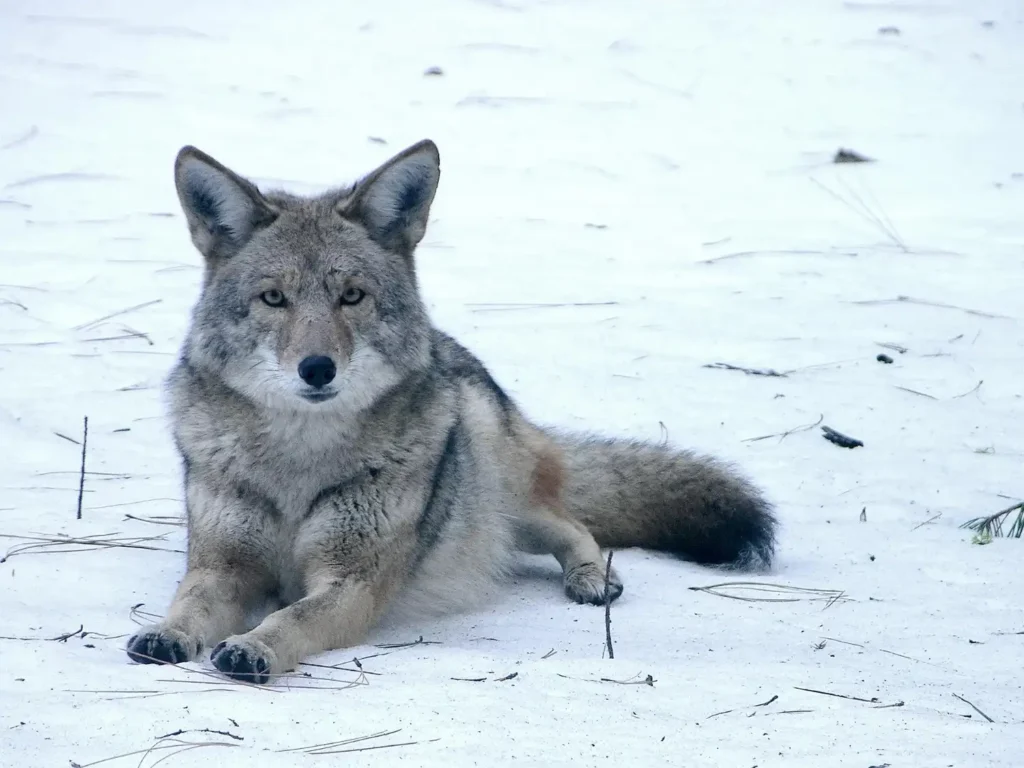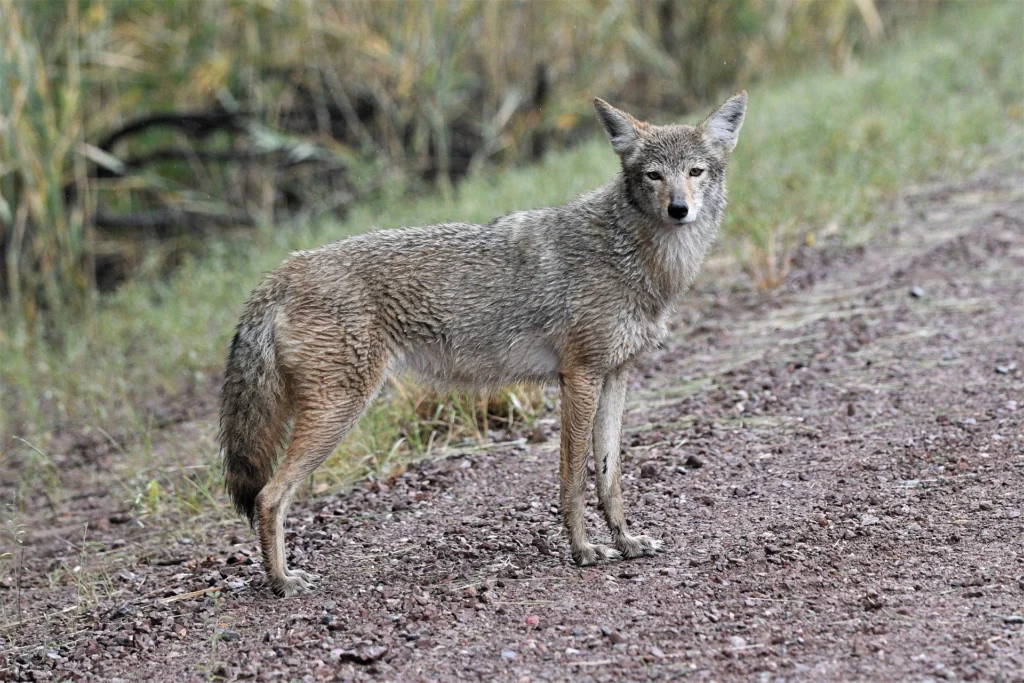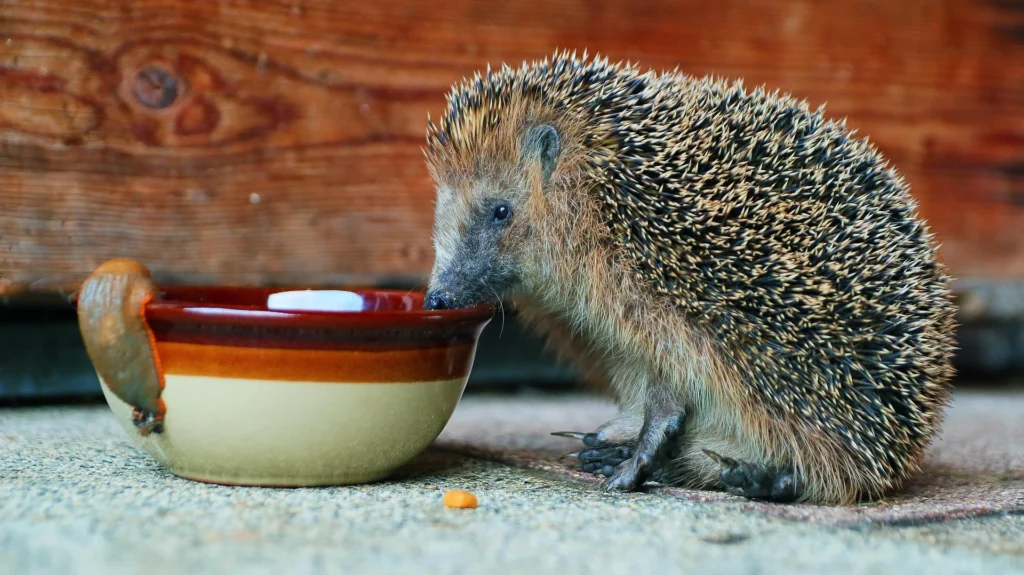Coyotes howl for several reasons, and scientists have studied this behavior for years. I think the studies show pretty clearly that howling is the coyote’s way of keeping in touch with its pack. At night, especially, sound travels farther, and with less human activity around, it’s the perfect time for them to “talk.” It’s kind of like when we send a group text to check in with friends or family. They’re not just howling for fun; it’s about staying connected.
Sometimes, coyotes howl to locate each other after hunting or traveling separately. Other times, they might be warning rival packs to stay out of their territory. So when you hear what sounds like a wild chorus of yips, yowls, and howls, they might be saying, “Hey, this is our spot—back off!”
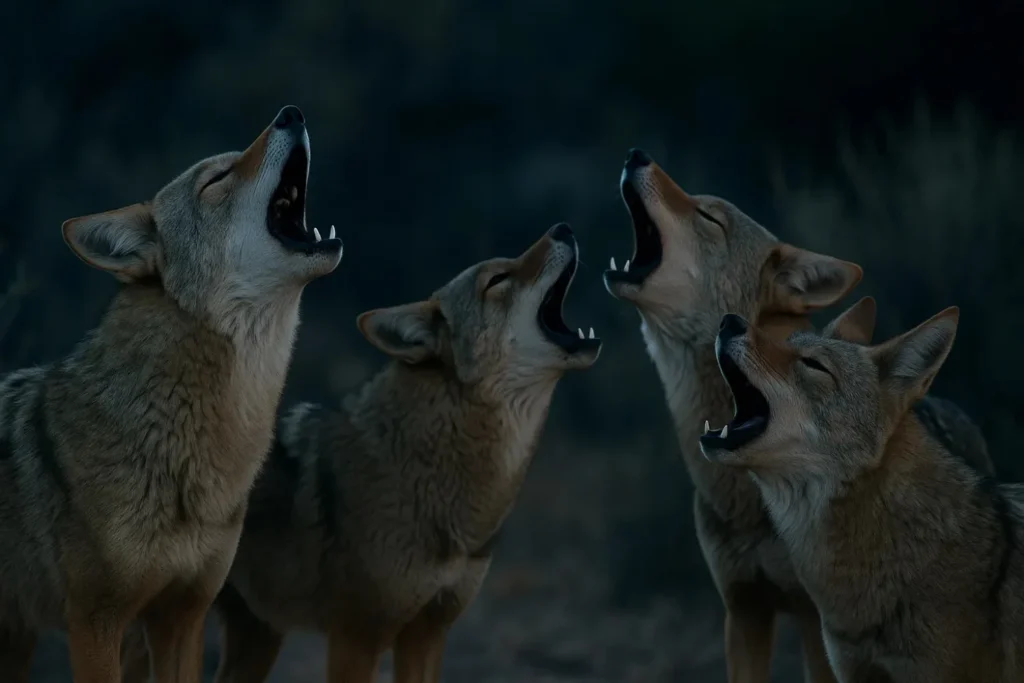
The nocturnal howls of coyotes are both eerie and fascinating. If you’re intrigued by animal communication, our piece on A Comprehensive Exploration of Birds’ Fascinating Ways delves into avian vocalizations.
A Closer Look at Nature’s Midnight Choir
If you’ve ever sat outside on a quiet night and heard the eerie howls of coyotes in the distance, you’re not alone. That haunting sound can send chills down your spine—but it also makes you wonder: Why are they howling like that?
Let’s break it down.
1. It’s All About Communication
I think the main reason coyotes howl is simple: they’re talking to each other. Just like humans use words, texts, or even emojis, coyotes use howls, yips, and barks to stay connected.
According to research from wildlife biologists, coyotes have a surprisingly complex vocal system. They use it to share all kinds of information, like:
- Where they are
- Whether they’ve found food
- If they sense danger nearby
- To check in with other pack members
In that sense, a coyote howl isn’t random — it’s more like a group chat, but way louder and a lot more dramatic.
2. Keeping the Pack Together
Coyotes usually live in small family groups, not big packs like wolves. But even with just a few members, staying connected is important. I think of it like a tight-knit family that checks in often.
When one coyote is separated from the others, howling helps them reunite. It’s kind of heartwarming, actually. Studies have shown that coyotes recognize each other’s voices and respond differently depending on who’s calling. That means they don’t just hear “a coyote” — they know which one it is.
3. A Warning to Strangers
Another big reason coyotes howl is to say: “This is our turf. Stay out.”
Howling is a way to mark territory without actually getting into fights. It’s like saying, “We’re here, and there’s a bunch of us, so you probably don’t want to mess with us.”
Some scientists think coyotes do this on purpose — using group howling to sound like a bigger pack than they really are. I think that’s kind of clever, honestly. It’s a vocal bluff, and it works.
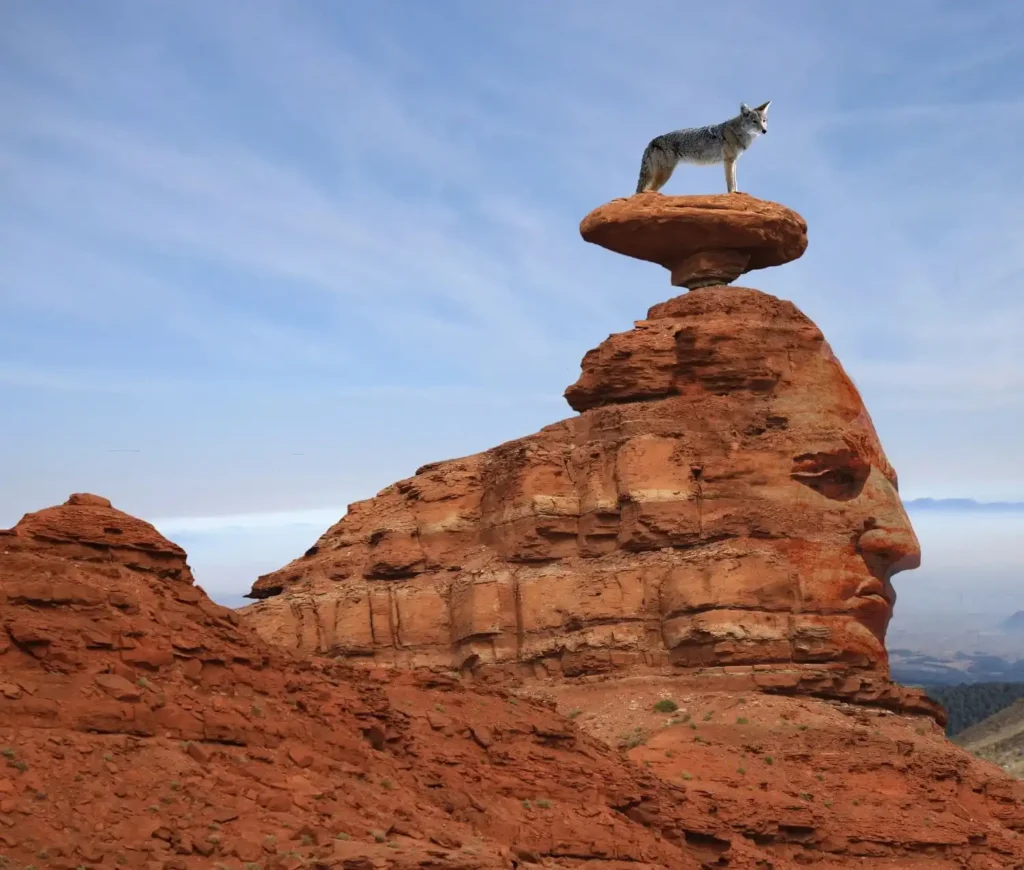
4. Not About the Moon (Sorry, Hollywood)
Let’s clear up a common myth: coyotes don’t howl at the moon.
I used to think they did too — it just looks so dramatic in movies and cartoons. But really, they just happen to howl more at night. That’s when they’re most active, and when sound travels farther because the world is quieter.
The moon isn’t the reason they howl. But a full moon does help them see better, so they’re more likely to be out and about.
5. Howling Helps Build Bonds
Beyond the practical reasons, I think howling plays a social role too. Just like how laughter or singing brings humans closer, coyotes seem to bond through group howls.
Some researchers even believe this vocal connection helps reinforce loyalty within the group. It’s like saying, “We’re in this together.” In fact, coyotes that are closely bonded tend to howl more when they hear their partner’s voice. That’s kind of sweet, right?
6. What Those Different Sounds Mean
Not all coyote howls sound the same. Here’s a quick breakdown of what some of the common vocalizations mean:
- Long howl: “Hey, I’m over here!” (a location call)
- Yips and yaps: Usually group celebration or social excitement
- Barks: Alarm calls, usually when they sense danger
- Howl-yip combos: Often used to signal territory or group unity
Each of these can be combined in different ways depending on the situation. I think of it like a musical language — one that other coyotes totally understand.
Understanding coyote behavior can also aid in naming your pet. Our extensive list of 500 Unique Names for a Coyote as a Pet might offer the perfect moniker.
What Does It Mean When You Hear Coyotes Howling at Night?
When you hear coyotes howling at night, it usually means they’re communicating. It could be a family group reconnecting after hunting or alerting others of their presence. Some howls are even used to find mates or reinforce social bonds within the pack. I think the tone and rhythm of their howls change depending on the situation, which is kind of amazing.
Interestingly, one coyote can sound like several. The way they vary pitch and use echoes can make a small group sound huge—which is a smart trick to scare off potential threats.
What to Do if You Hear Coyotes Howling?
Honestly, if you hear coyotes howling, the best thing to do is just stay calm and keep your distance. They’re usually not interested in humans and are just doing their thing. If you’re outside, like camping or walking your dog, make sure your pet is close to you or on a leash.
Don’t try to approach them or find out how close they are. And if you’re at home, just enjoy the sounds from a safe distance. I think it’s kind of a cool reminder that wild animals are still out there, even near towns and suburbs.
Should You Howl Back at Coyotes?
Nope, definitely not a great idea. While it might be tempting (and funny), howling back at coyotes can confuse or even provoke them. You might accidentally mimic a territorial challenge or mating call. Coyotes are very territorial, and they might come closer to investigate. I think it’s best to just let them howl without responding.
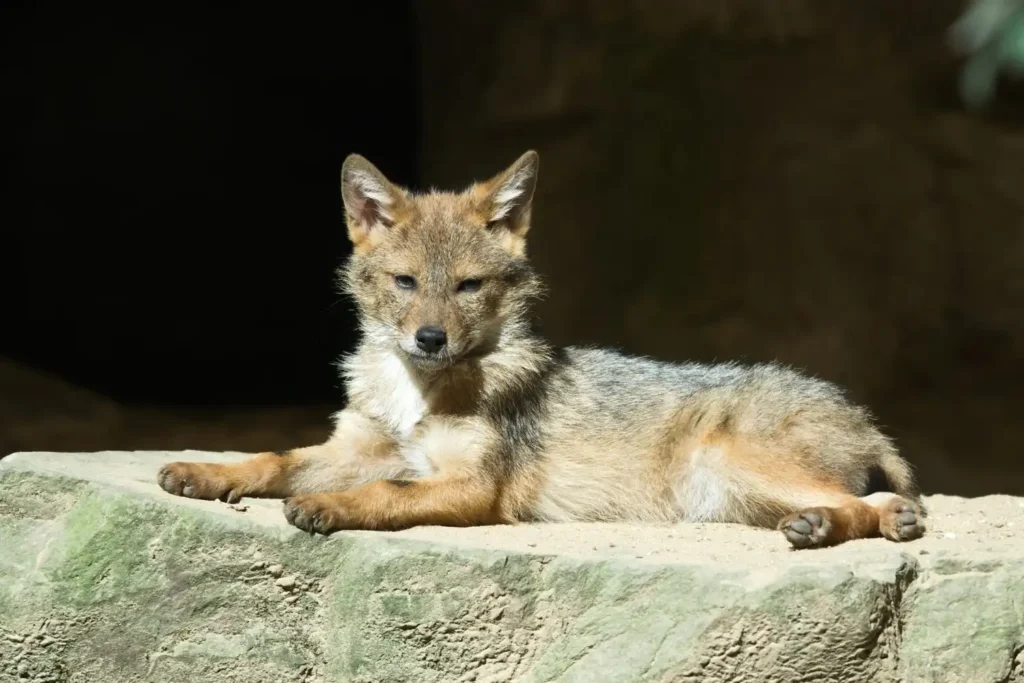
How Close Are Coyotes When You Hear Them Howl?
This is the tricky part—because of how sound travels at night, especially in open or rural areas, coyotes might sound closer than they really are. Sometimes they’re several hundred yards away, but echoes make it seem like they’re just around the corner.
However, if their howling is loud and clear, they might be relatively close—within a few hundred feet. That said, coyotes usually avoid humans, so even if they’re near, they’re not likely to come any closer unless there’s food or a pet left unattended.
Why Do Coyotes Howl Like Crazy?
There are moments when coyotes seem to just lose it, howling and yipping like mad. This usually happens when the pack is regrouping after being apart. It’s like a celebration, or a roll call. I think it’s kind of beautiful in its own way—chaotic, but deeply social.
Other times, they might be reacting to something that disturbed them—like sirens, loud noises, or even a nearby predator. It’s a way of rallying the pack and making sure everyone is accounted for.
Are Coyotes Afraid of Humans?
Yes—mostly. Coyotes are naturally wary of humans and tend to avoid direct contact. In areas where they aren’t fed or habituated, they’ll run off at the first sight of a person. But in places where people feed them, even unintentionally (like leaving pet food outside), they can become bolder.
I think it’s really important that we don’t feed wild coyotes. It’s not good for them, and it can lead to more encounters or even attacks. They’re wild animals, and we need to respect that.
